The design of a transfer chute is occasionally limited to some degree by the available space, which often leads to difficulties with fugitive materials in the form of dust and spillage. However, there are a variety of features that should be included that can effectively limit these issues.
The foremost concern in designing a transfer chute is ensuring operators have enough room to service to chute if necessary. The enclosure should also be large enough to allow air flowing from the transfer chute to settle. Without sufficient space to account for inflowing air pressure, dust is likely to escape the chute.
A key factor in reducing material escape from spillage is the placement of the cargo in the center of the belt. When materials are loaded onto a conveyor belt unevenly this can lead to greater friction against idlers along that side. This imbalance can eventually lead to mistracking, which often results in spillage further down the conveyor.
Off-center loading is most common on non-linear transfer points, where the material’s direction of travel is changed. The problem can also occur when the transfer chute has become blocked by the accumulation of materials. This can occur because of changes in material such as excessive moisture, or because of excessively large particles. Changes in the speed of the materials can also lead to a shift in the flow of materials through the transfer chute.
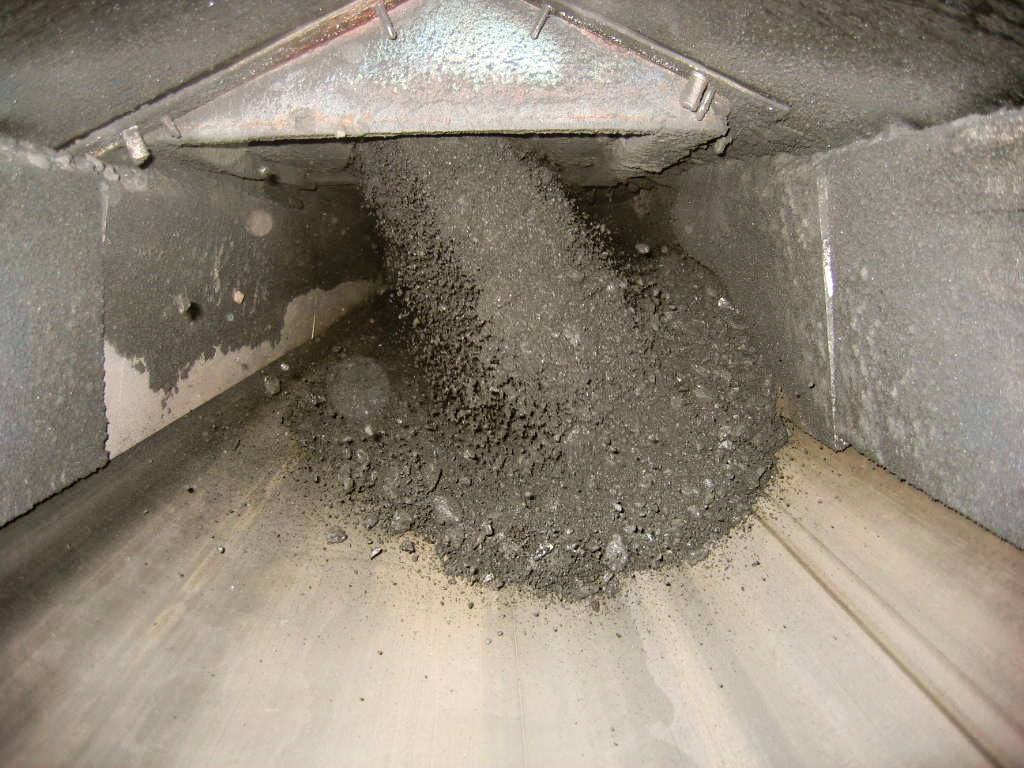
Designers should ideally project loading patterns based on expected material flow during the design of a transfer chute to prevent the problems associated with off-center loading, but there are solutions that can be implemented within the loading zone to compensate for it.
Though a common solution, training idlers and other belt-aligning systems are limited in their ability to counter the effects of off-center loading. The more effective approach is to combine these belt-aligning systems with deflectors or flow aids within the loading zone, helping to correct issues with both loading and mistracking. Depending on materials and certain other factors, there are a variety of different fixtures that can be installed within the chute, including deflectors, liners, baffles, shapers, screens, grizzly bars and rock boxes. These fixtures can be placed within the transfer point to help direct the flow of material and provide a balanced loading pattern.

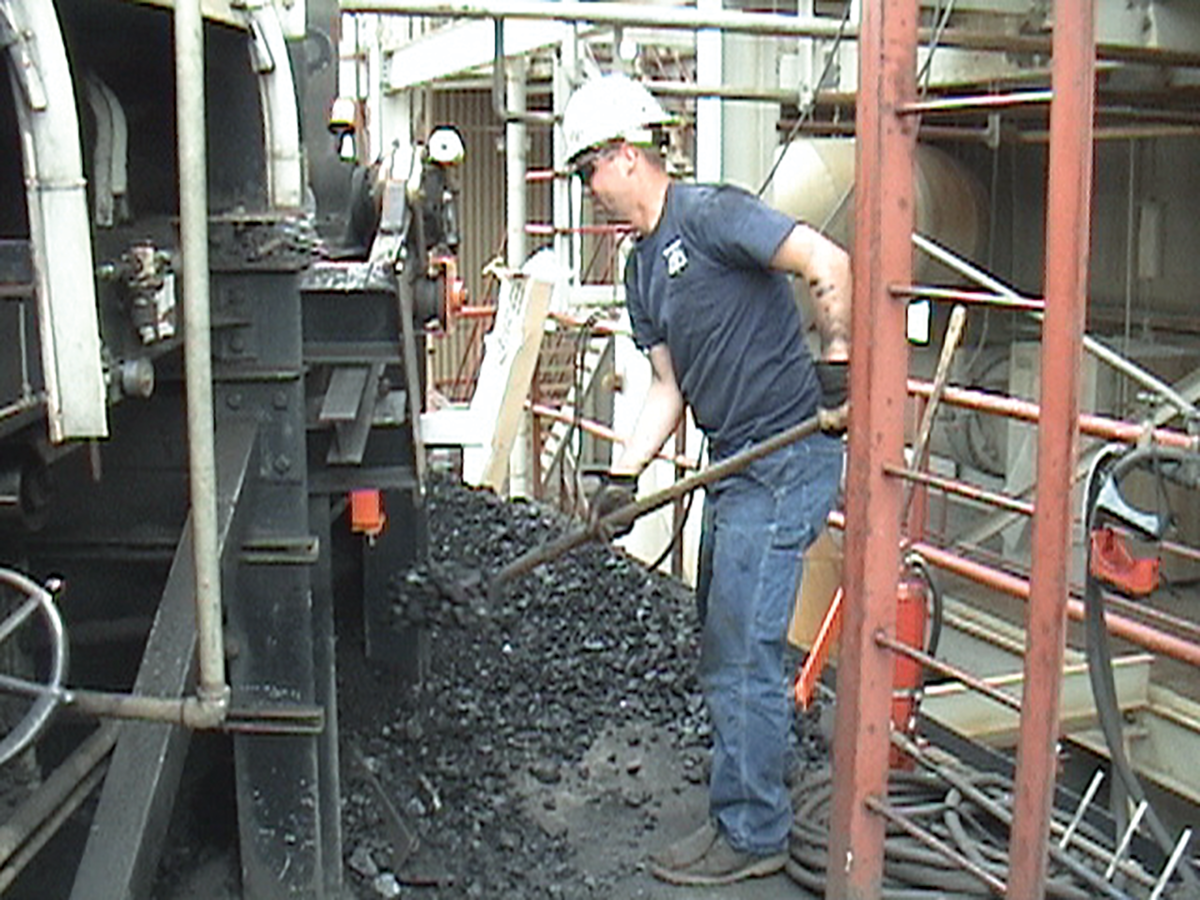

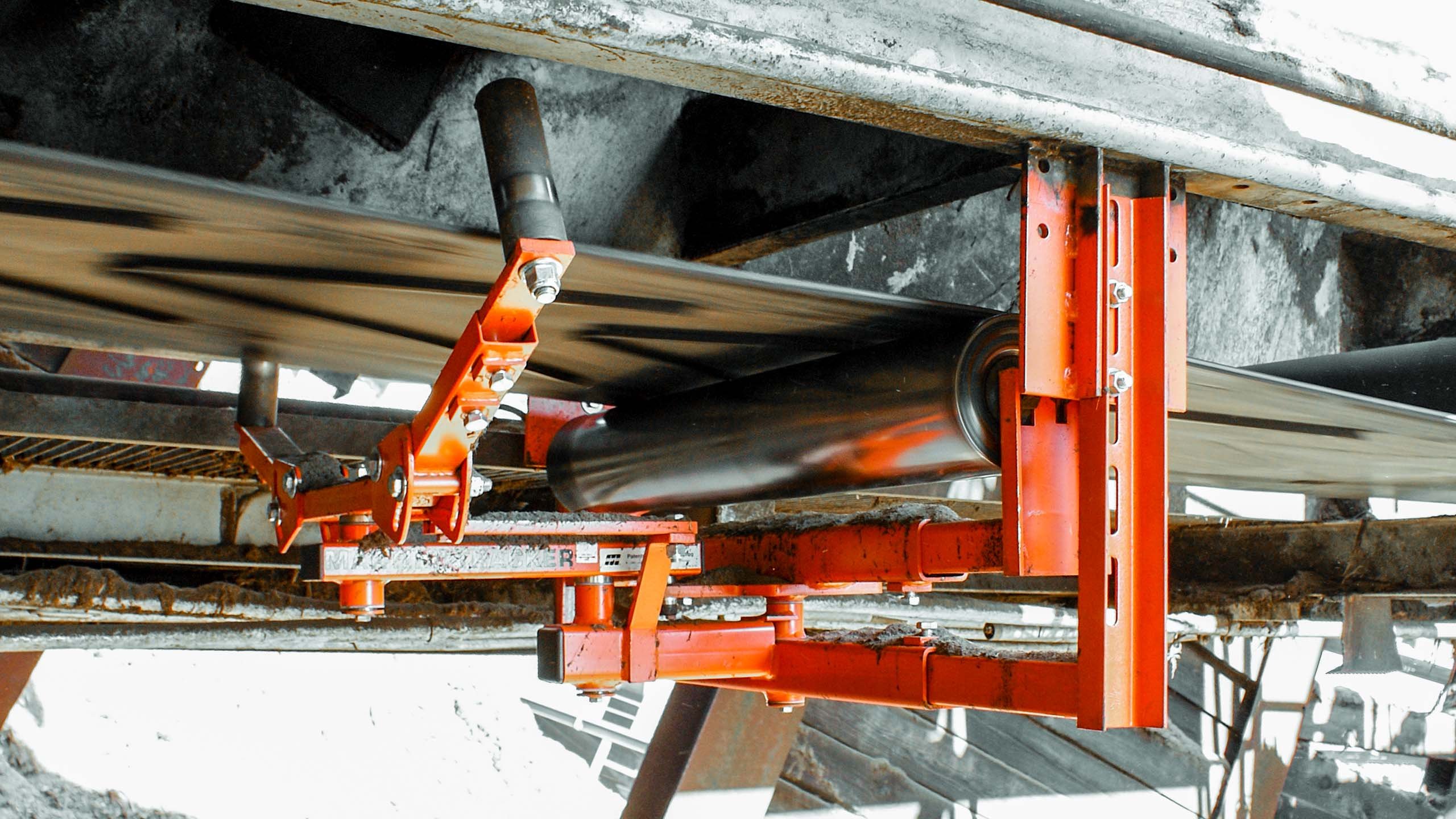

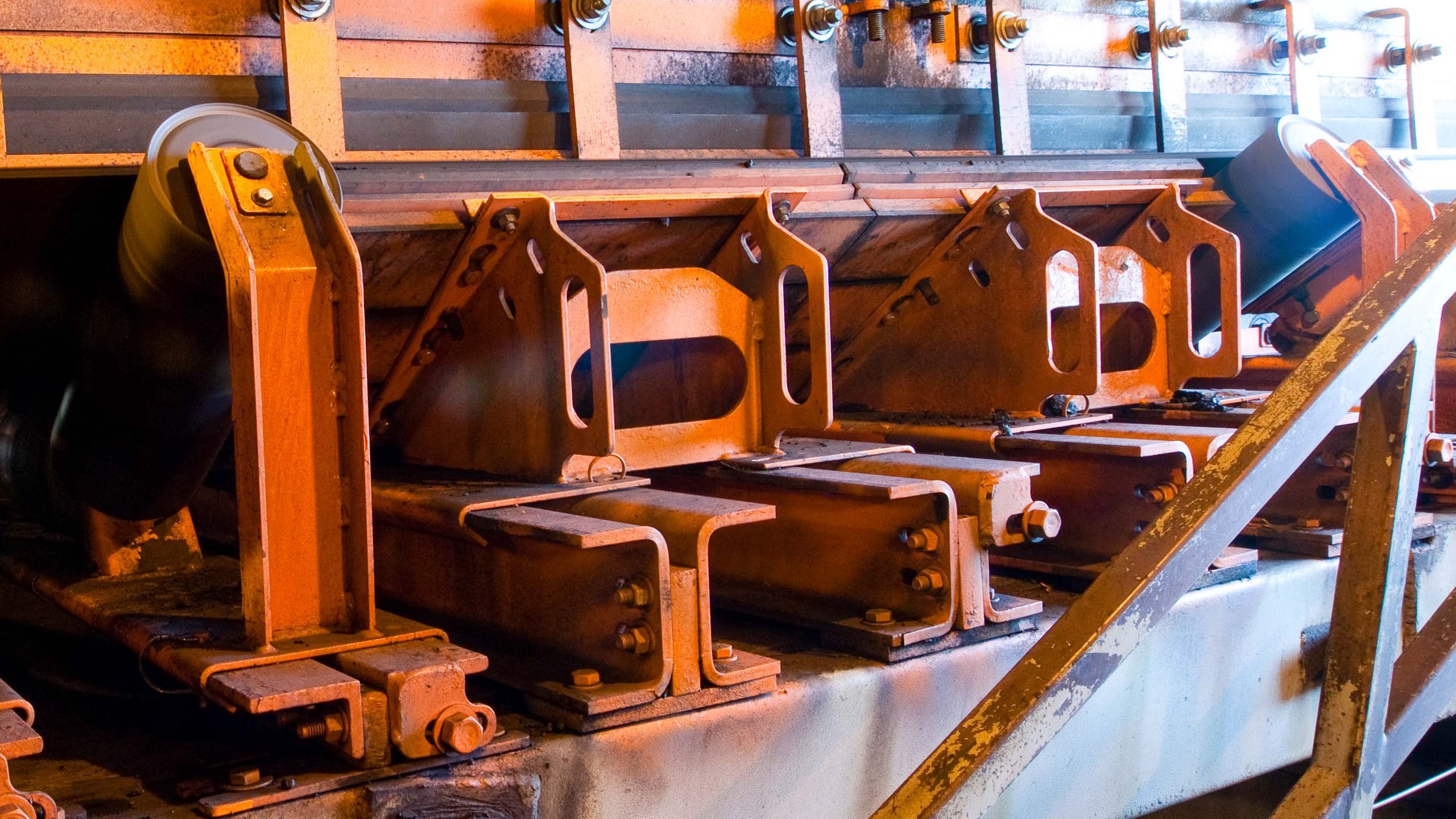

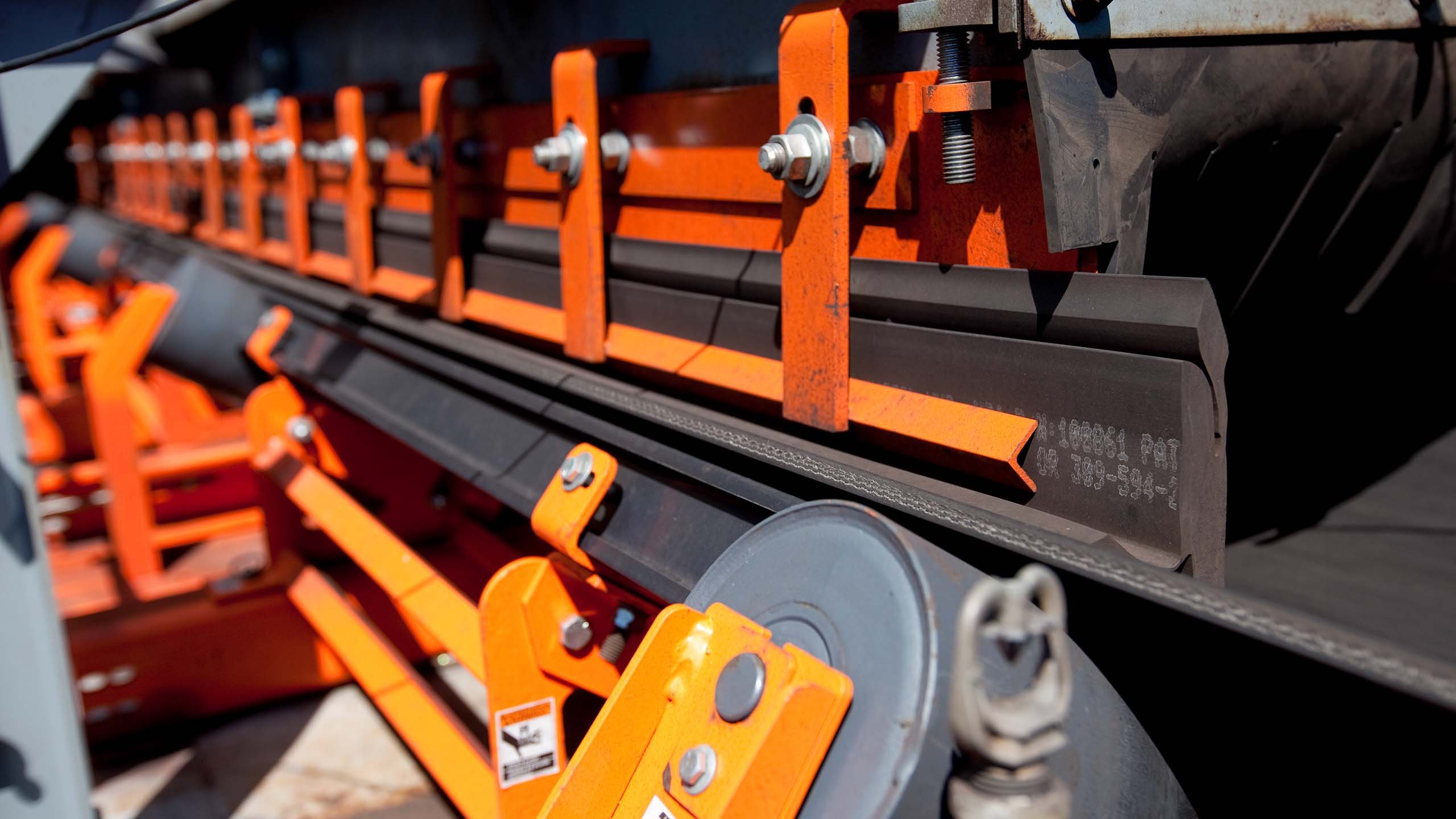












Leave Comment